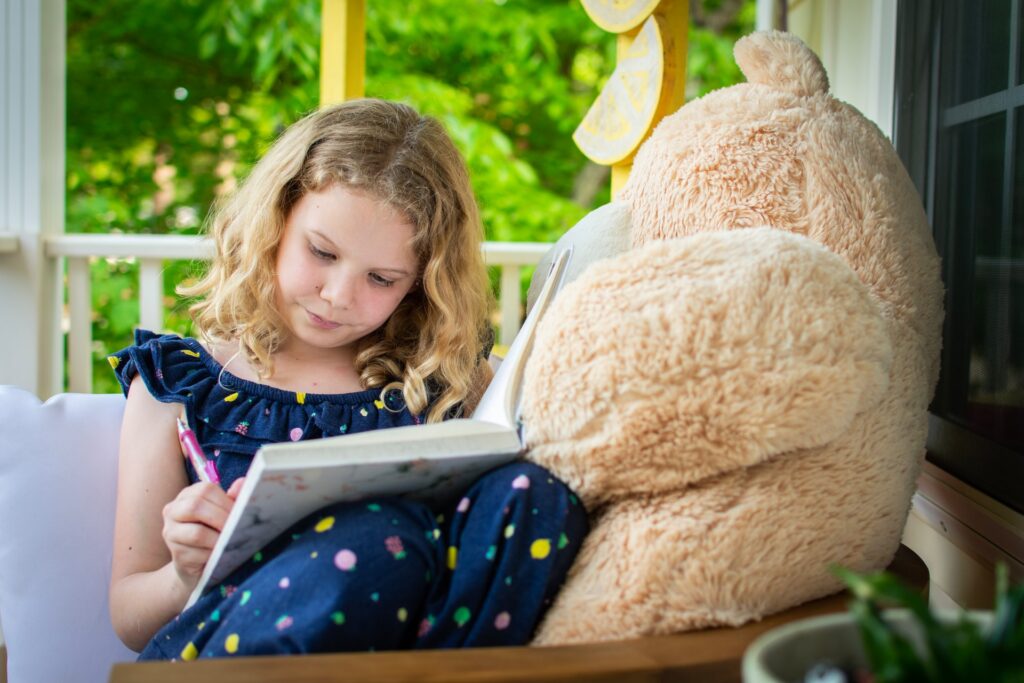Teaching small moment writing in K-2 is a great way to improve student writing. Focusing on small moments within a personal narrative unit can help students focus on important events that impacted their lives.
During small moment writing, students zoom in on the details that occurred during this event by writing about what they see, hear, feel, or think (also known as writing with their senses). Today I am sharing my writing process of teaching small moments writing with my students.
If you are looking for an educational video to supplement this lesson, have your students watch What is a Small Moment?
Introduce the Watermelon Analogy
A small moment is when you focus on a single experience in time. These small moments can sometimes be part of a larger moment or a single moment in time. Cue the watermelon…
I usually get a watermelon and cut it in front of my students. This part can get a little messy, so you will need to prep for cleanup. Each student is given a slice of watermelon to eat and explore.
If your students have food allergies, switch out the watermelon for any large fruit with small seeds such as cantaloupe, jackfruit, or pineapples. You can even use apples, pears, and oranges to further differentiate the activity.
Add Some Math
Ask your students to take all the seeds out and separate them into a pile. Then have them count the seeds. Explain that one watermelon can have lots of tiny seeds, just like a big moment can have lots of tiny small moments.
Once everyone has counted their seeds, create a graph to show the number of seeds each student or group was able to count. This additional component of the lesson is a great interdisciplinary math counting activity.
Make the Connection
Now it is time to make the connection from watermelon seeds to small moment stories. I use the watermelon as the BIG moment and the watermelon seeds are the SMALL moments. Create a chart to give your students examples of what a big watermelon moment could be and a few small moment seed stories. I like to use the example of a park where lots of things can happen.
This is a great time to address the misconception that a slice of watermelon is a small moment. I call them MEDIUM moments because our stories can get even smaller.
You can always refer to the watermelon, slice, and seed poster to help guide student thinking from my Small Moment Writing Mini-Lesson: Seed Ideas.

Break it Down Even Further
Most students can understand that watermelons are large fruits that have lots of tiny seeds, but this lesson provides a fun experience that builds on that idea. Using watermelon seeds as a comparison gives students a visual that they can see and touch. It also provides a great tactile learning experience for students in early childhood.
After your students have enjoyed their watermelon slices and graphed our seeds, have them come together for a closing circle. Now we can brainstorm big moments and zoom in on a small moment that we might want to write about.
Hopefully, your students enjoy this fun and tasty way to learn about small moment writing! Teaching small moment writing in K-2 can be a fun and exciting way to introduce narrative writing to your students.
Looking for a more detailed way to teach small moments? Read The Small Moment Writing Process for detailed lesson tactics and educational videos that you can use to supplement your lessons.

